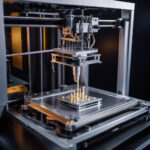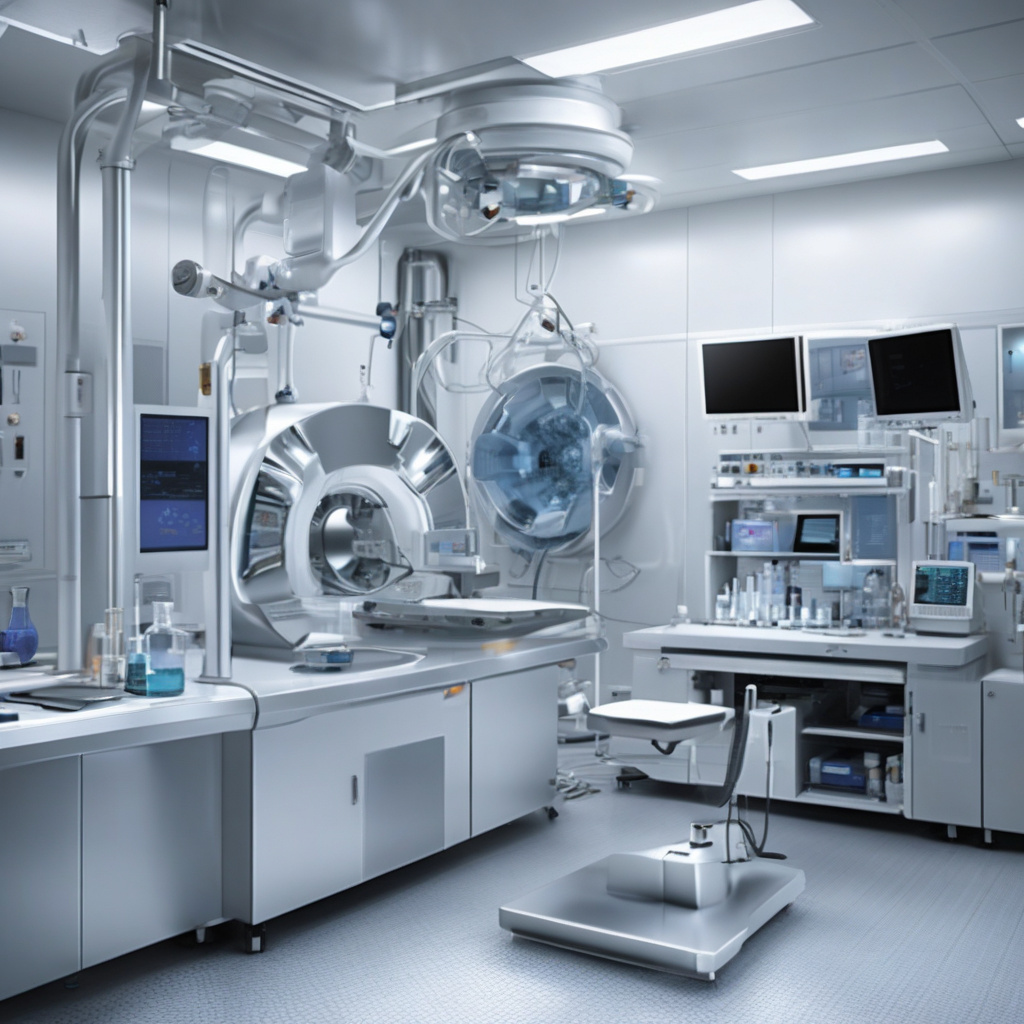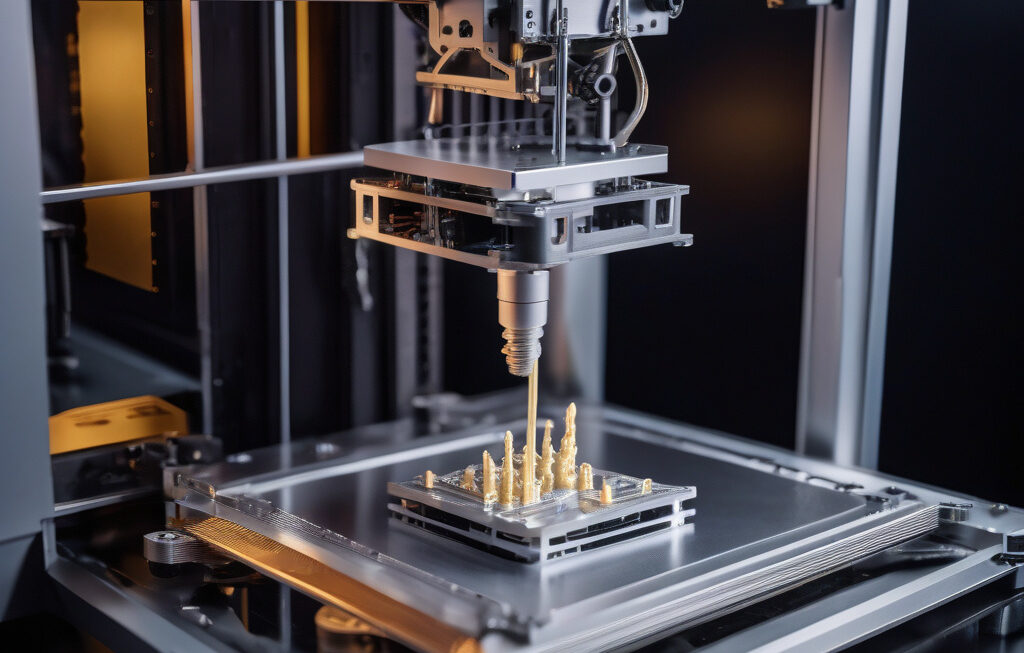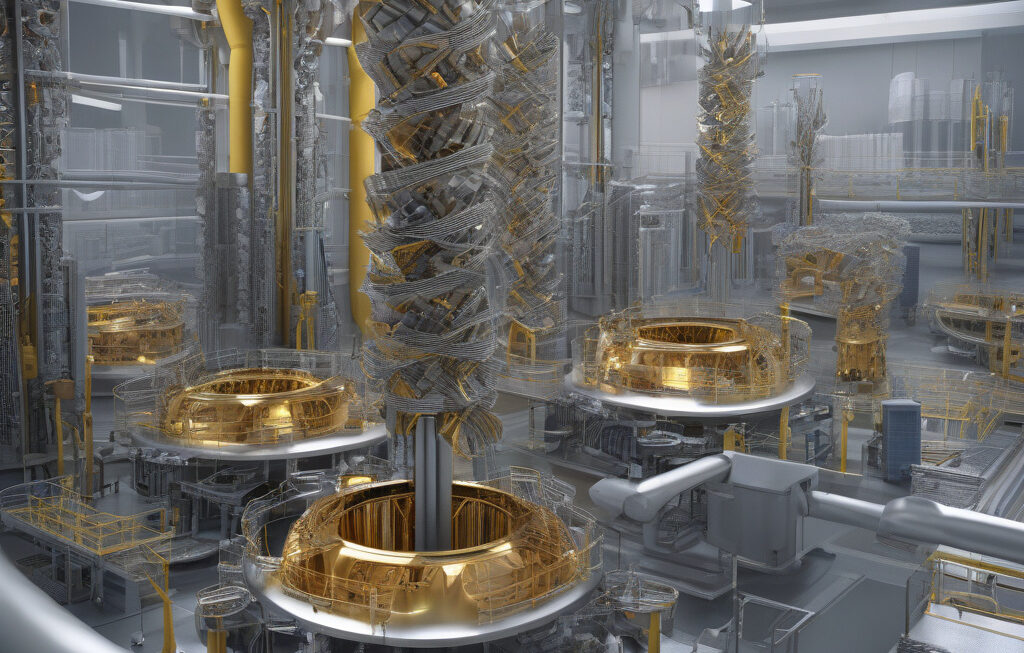First 3D X-ray Views of Magnesium Alloys Could Revolutionize Lightweight Car Design
A breakthrough in materials science could help engineers design cars that are stronger, lighter, and more fuel-efficient than ever before. The recent development of obtaining the first 3D X-ray views of magnesium alloys opens up a world of possibilities for the automotive industry. Magnesium alloys are known for their lightweight properties, making them an ideal choice for enhancing fuel efficiency in vehicles. However, their structural integrity has always been a concern. With the ability to now visualize the internal structure of these alloys in three dimensions, engineers can overcome previous limitations and create innovative designs that prioritize both safety and efficiency.
One of the key advantages of using magnesium alloys in car manufacturing is their high strength-to-weight ratio. By incorporating these alloys into vehicle components, automakers can significantly reduce the overall weight of the vehicle without compromising on safety. This weight reduction translates to improved fuel efficiency and lower greenhouse gas emissions, aligning with the global shift towards sustainable transportation solutions. With the 3D X-ray technology, engineers can precisely analyze the microstructure of magnesium alloys, identifying any potential weak points or defects that could compromise the safety of the vehicle. By addressing these issues early in the design phase, manufacturers can ensure that the final product meets the highest safety standards while maximizing performance.
Moreover, the ability to visualize magnesium alloys in 3D provides engineers with valuable insights into how these materials behave under different stress conditions. This information is crucial for optimizing the design of car components to withstand impact forces during accidents. By strategically reinforcing critical areas based on the internal structure revealed by the X-ray scans, engineers can enhance the overall safety of the vehicle without adding unnecessary weight. This targeted approach to design not only improves the structural integrity of the car but also enhances the driving experience for consumers, who can enjoy a smoother, more responsive ride.
In addition to safety and efficiency benefits, the use of magnesium alloys in car manufacturing offers cost advantages for automakers. Compared to traditional materials like steel or aluminum, magnesium is lighter and more abundant, making it a cost-effective solution for mass production. With the insights gained from 3D X-ray views, manufacturers can streamline the production process, reduce material waste, and ultimately lower manufacturing costs. These savings can then be passed on to consumers, making advanced lightweight vehicles more accessible to a wider market.
As the automotive industry continues to prioritize sustainability and innovation, the integration of magnesium alloys enhanced by 3D X-ray technology represents a significant step forward. By harnessing the unique properties of these materials and leveraging advanced imaging techniques, engineers can push the boundaries of lightweight car design and set new standards for performance and safety. The future of automotive engineering is bright, with endless possibilities for creating vehicles that are not only environmentally friendly but also thrilling to drive.
In conclusion, the first 3D X-ray views of magnesium alloys have the potential to revolutionize lightweight car design, paving the way for a new era of sustainable transportation. By combining the strength and lightweight properties of magnesium alloys with advanced imaging technology, engineers can unlock unprecedented insights into material behavior and design vehicles that are both safe and efficient. With this groundbreaking development, the automotive industry is poised to make significant strides towards a greener, more innovative future.
3D X-ray, Magnesium Alloys, Lightweight Car Design, Automotive Engineering, Sustainable Transportation












